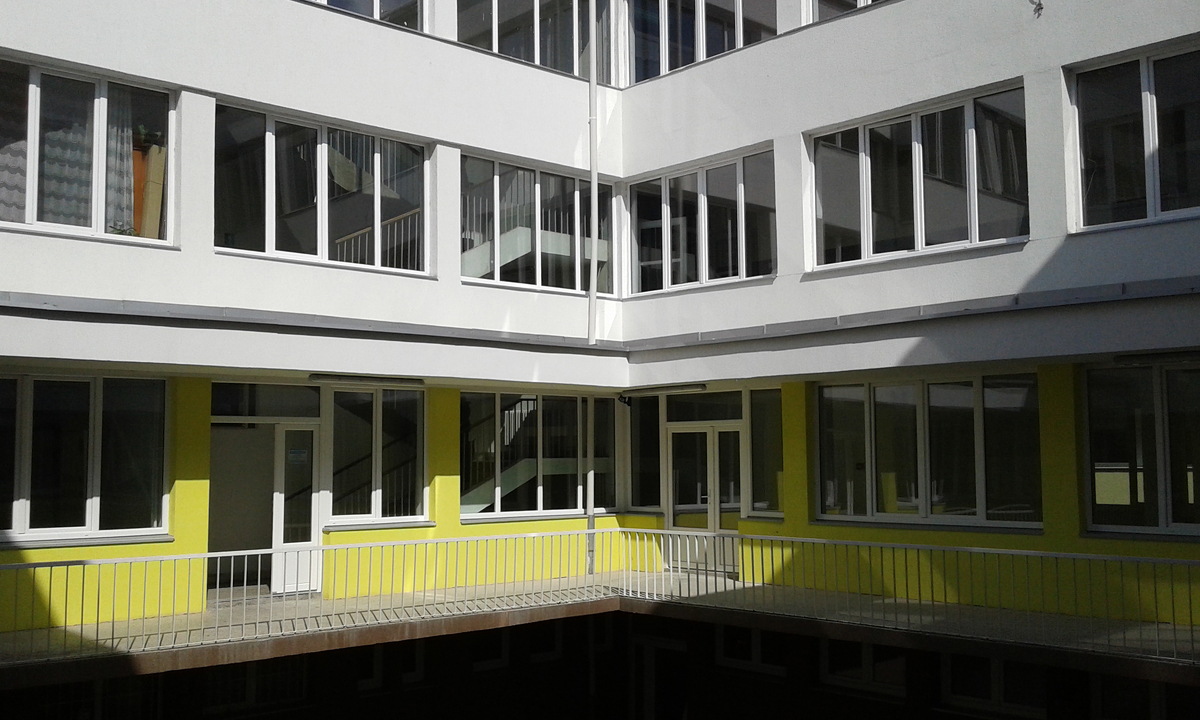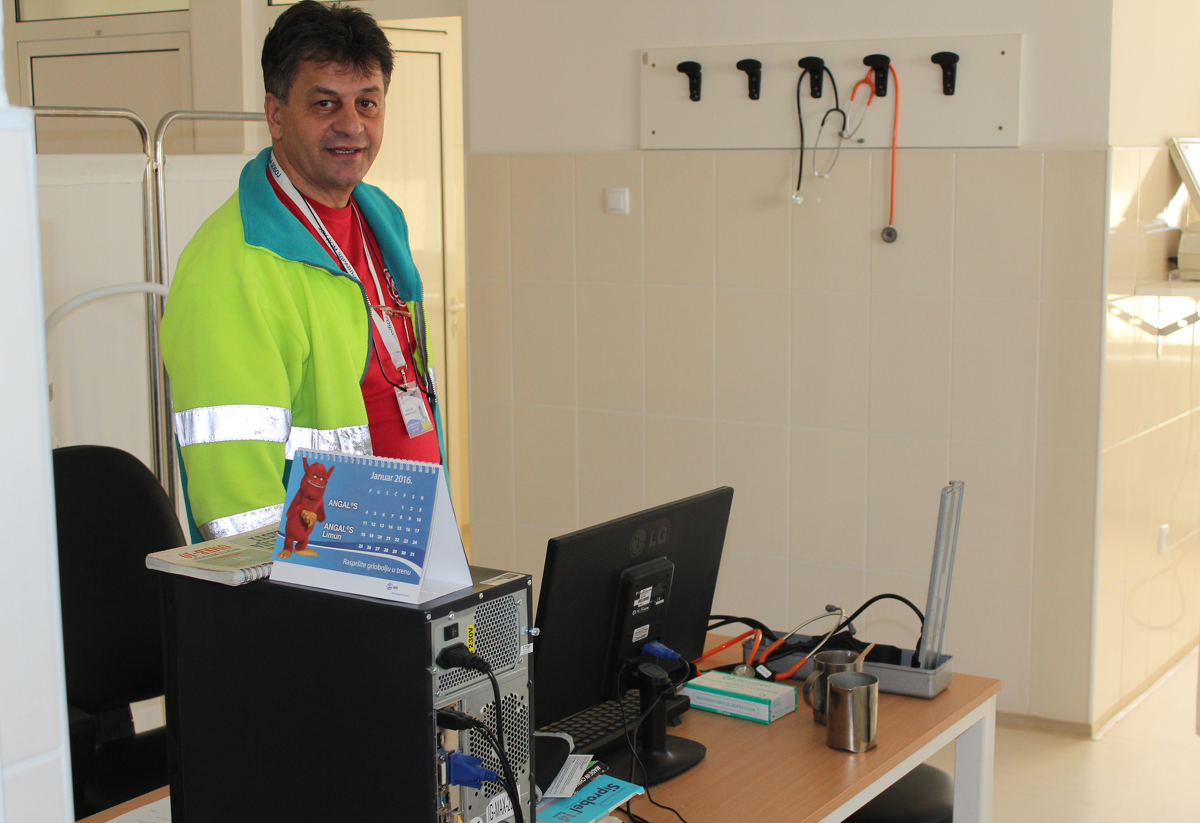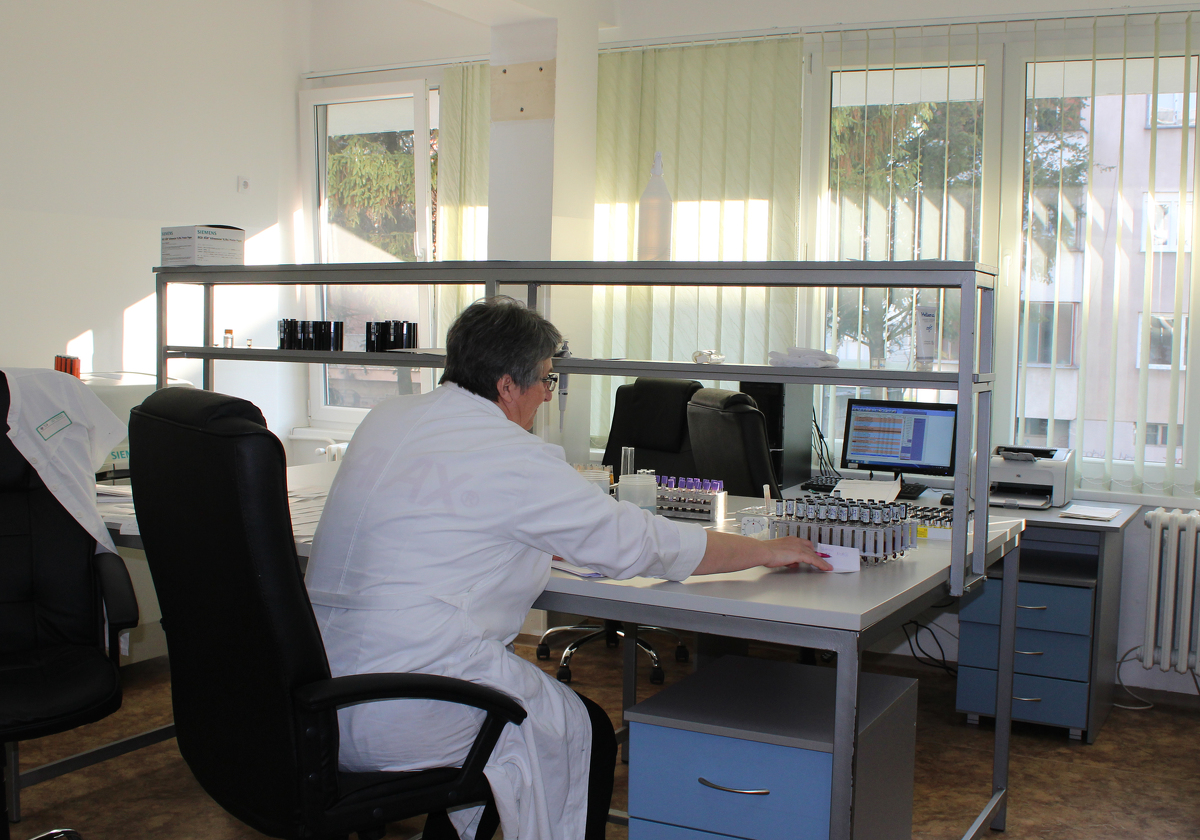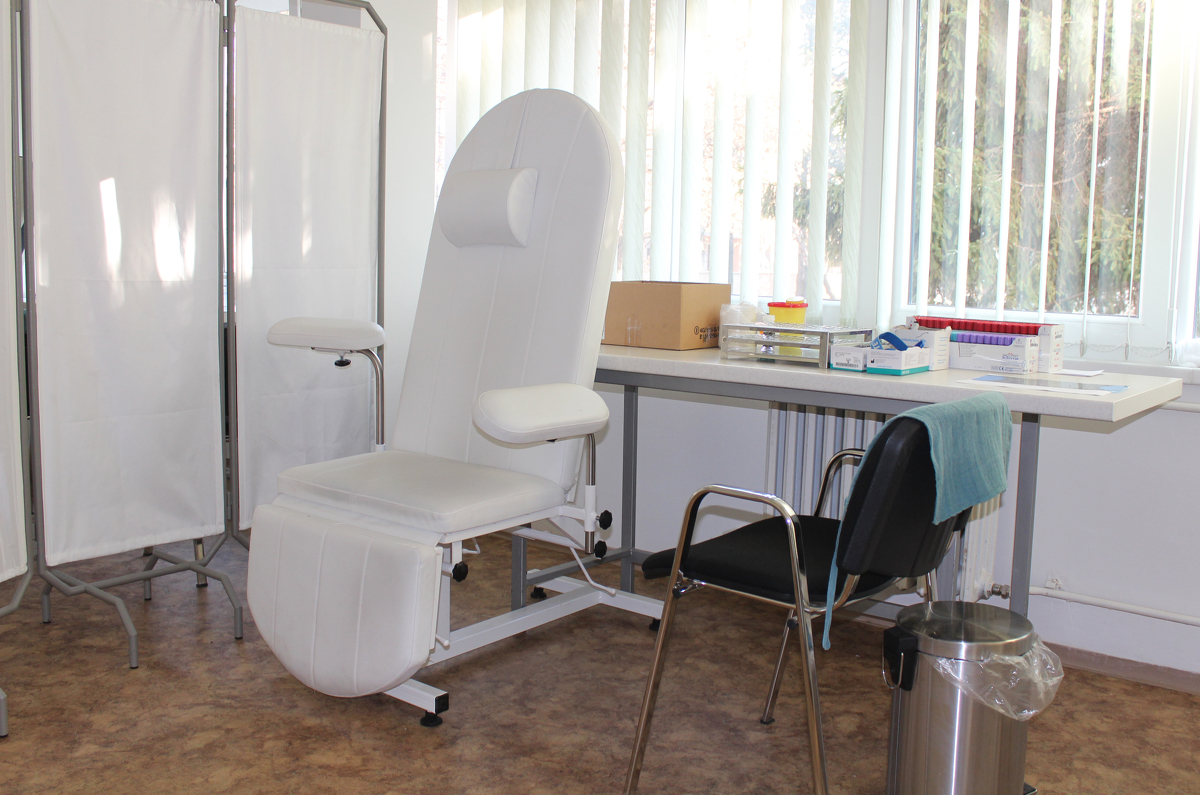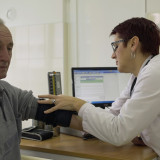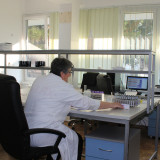Through one of five components of the EU Programme dealing with the renewal of public institutions and services they provide, among other 6 health institutions, servicing 288,380 people, were rehabilitated.
Mirsad Ahmić, a pensioner from Bukovačke Čičije near Doboj, comes in for his regular check-up at the Community Health Centre in Doboj. He used to work here, in a building that was put up in 1964. Now he visits the centre as a patient. This building was recently renovated through the EU Floods Recovery Program.
“The May 2014 floods were the worst ever. I do not remember anything worse. I cried when I saw the water destroying this building. I felt that with the water a part of me left, because I am emotionally attached to the building and to people working in it,” Ahmić explains as he waits for his regular check-up.
He continues: “Wonderful people work here, great professionals. Unfortunately, the May floods prevented them from doing their jobs properly, as all of their equipment was destroyed, and the rooms were filled with mud and dirt that the water left behind. Imagine how serious that was for people who were acutely ill and could not get treatment. Medical staff visited them in their homes, as there was no other way. The EU donation meant a lot because the Centre is a lifesaver for the sick.”
Great damage and swift recovery
The Centre’s Deputy Director, Dr. Anđa Sušić, also noted that no one could remember flooding as devastating as this. Water around the centre rose 5 meters. “Several patients even wanted to return home by crossing the water, but we prevented them. That night, boats came to the rescue, and we evacuated first those whom we thought needed to be evacuated as a priority. We stayed here and left the Centre the next day, wondering whether we would ever return to work,” Sušić recalls. “Luckily, we have entered the EU Floods Recovery Programme.”
Radislav Nikolić, Director of the Doboj Community Health Centre that provides services to 174,000 people from Doboj and six nearby towns, says the total damage to the institution was 3 million BAM and that six medical service rooms were flooded – the emergency room, the laboratory, the pediatrics department, the mental health centre which has three units, physical therapy part, the x-ray service, the mammography department, Health Centre pharmacy, and medical supplies’ storage. About 3,000 square metres were completely destroyed.
“Thanks to the EU Floods Recovery Program, reconstruction was completed in less than a year, which had seemed impossible and unrealistic to us. The roofs on both buildings were re-done, along with the façade, carpentry, tiling, heating system, electrical installations, floors, inner walls in the basement and ground floor. Everything took a fresh, modern look. Without this assistance, I really do not know how we could have started working in normal conditions again,” Nikolić says.
Community Health Centre in Doboj restarted its work in October 2015, in renewed building. Nikolić emphasizes that aside from improved working conditions and services, Centre has managed to save up to 50% on heating bills, thanks to new façade, carpentry and heating system.
After the floods, the EU Floods Recovery Programme, in cooperation with municipal government and relevant ministries, identified key public institutions that had to be renovated so citizens could use their services again. Those institutions included 156 schools and 12 kindergartens for more than 71,800 children and students, 6 community health centres and hospitals whose services are used by 288.380 people, 4 centres for social work for 22.859 users and 3 buildings of municipal administrations whose services are used by 206.780 people.
The EU Floods Recovery Programme is worth more than 43.52 million Euro. It is financed by the European Union and implemented by UNDP, UNICEF and IOM.



